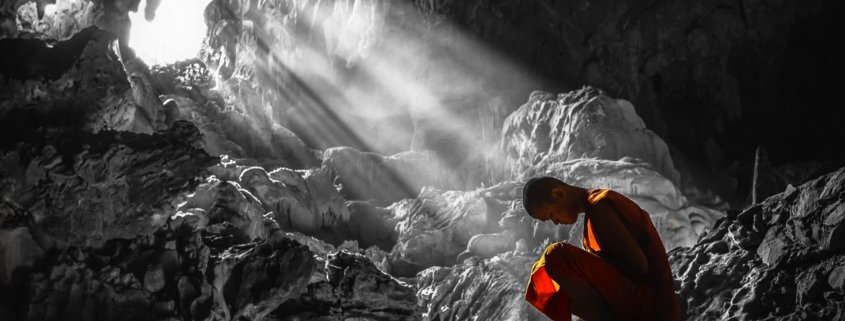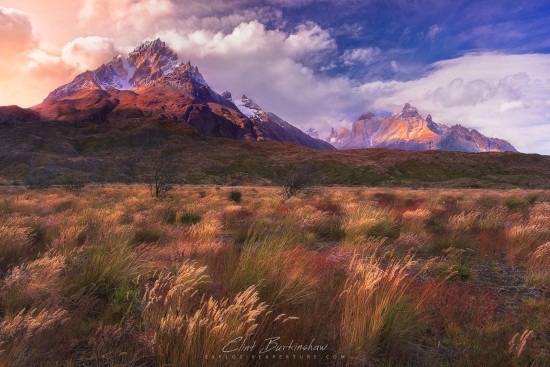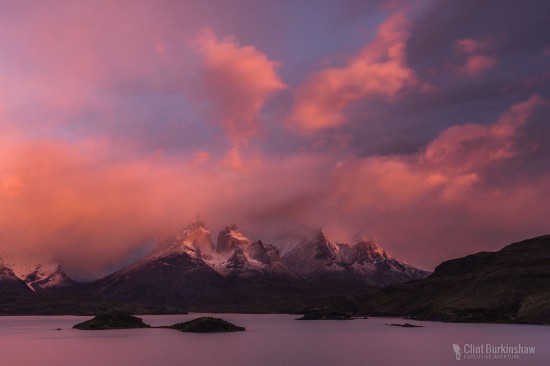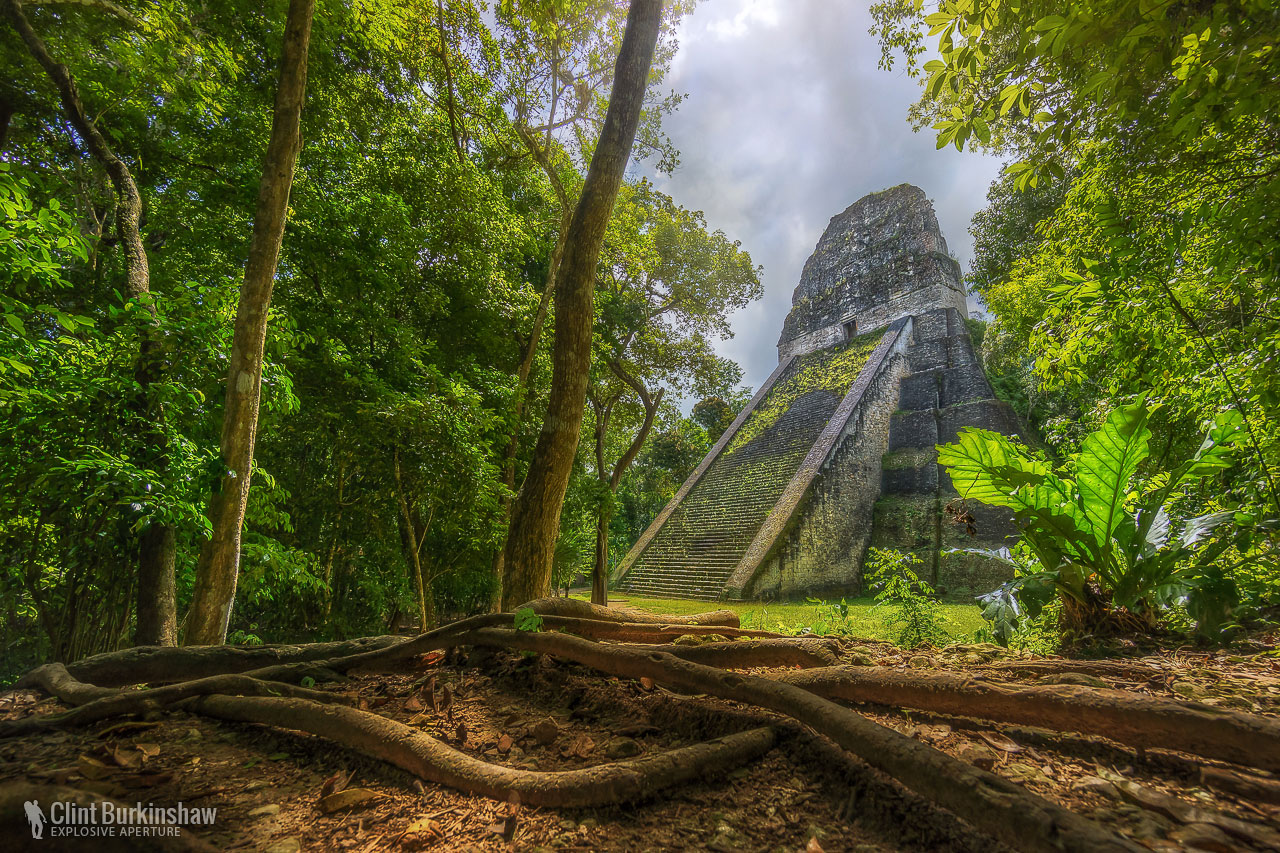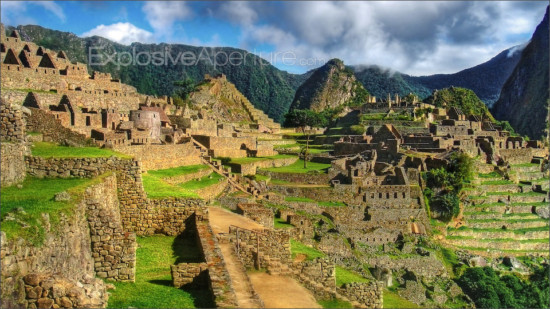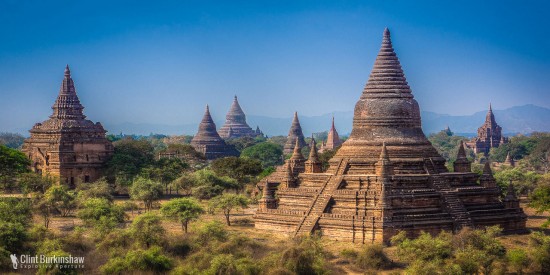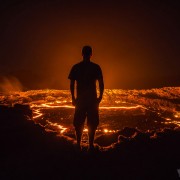Essential Travel Photography Equipment for every Trip
What photography gear to take with you on your next trip, is a question that photographers at all skill levels have to ask themselves. Of course, the travel photography equipment you take will vary depending on what type of holiday you’re going on and how long you go for, but here’s a few tips that may help you decide whether to take it or leave it.
If I could summarize everything I’m about to tell you in the shortest amount of words possible, it’d be “go light”. Going light with only the essentials enables you to keep your gear on you more often and most importantly, it puts that camera in your hand at times when it may not have been before. So ditch some of the luxuries and concentrate on what’s going to get you that shot you want. At minimum every trip you take should include the following travel photography equipment:
- A digital camera with manual controls for maximum flexibility
- One or more lenses with zoom capabilities to capture the perfect photographic composition
- A lightweight tripod for low light travel photography scenes or to shoot during golden hours
- Essential photography filters to manage difficult lighting conditions
- Extra batteries and memory cards
- A sturdy camera bag to hold all your gear
Travel involving Backpacking & Hiking
As mentioned, going light is key to successful photographic journeys that are strenuous on the body. Whether it be a trip that lasts a long time, or hiking through mountains for hours on end each day, culling what’s not essential will almost certainly be what makes your journey a joy, both photographically and physically.
One camera body: Personally, I’ve gone mirrorless for weight saving and versatility reasons. But regardless of what you use, there’s only a need for one body and perhaps a slim point and shoot you can effortlessly slip in your pocket and pull out when the situation calls for it.
Two lenses: You’re supposed to be travelling light, so it’s important you don’t weigh down your bag with a bunch of gear you’re barely going to use. Take a f/1.8 (or f/1.4) prime with a focal length somewhere in between the 50 to 100mm range, as this range is superb for street photography and portraits. An ultra-wide angle lens (16-35mm) you’ll need for capturing those breathtaking landscapes.
Filters: UV filters for all of your lenses (for protecting that expensive glass), with a circular polariser and ND for your ultra wide lens at a minimum. Though filters take up very little room, so get a filter pouch and fill it up with CP’s and ND’s for all your lenses if need be.
Light Weight Tripod: Don’t even think about bringing that tank of a tripod you normally use. If you do, it will just sit in your hotel room. Leave it at home and bring a smaller light weight tripod that isn’t going to break your back when you’re trekking up a mountain. If your tripod ways 5lbs+, it’s not light enough. You should be able to get a descent setup around 2-3lbs that should be sufficient.
Spare batteries & Memory Cards: This is an absolute must! The last thing you want is arriving at your final destination after a 3 day trek to find out that your camera has no more juice…or you are out of memory space. I recommend an additional 2 to 3 batteries and plenty of memory cards. Don’t take a battery grip, as this just adds additional weight and makes your camera chunky. Additional batteries in your bags side pocket, is a far better option.
Cleaning equipment: This goes without saying. Take multiple microfibre cloths, a brush, and some lens cleaning fluid so your images are clear of marks.
Hybrid Camera Bag: When you’re out on the road, you’re going to need to carry a whole bunch of things other than your photography equipment (water bottle, guide book, jacket, etc). A hybrid daypack where bag has a horizontal divider, separating your camera gear from your day to day stuff, is a necessity. Preferably get one with a quick access flap, which will give you access to your camera within seconds. This is great for those Kodak moments that come and go in a flash.
Travel with Little or No Hiking
What if you are on a short term holiday with little or no hiking involved? In this case carrying a larger amount of equipment for shorter periods of time is more bearable, so you can afford to carry a little bit more gear. The trick is to get the nice balance between being efficient on your feet, and having everything you need at your disposal. There’s a few things that you can do in order to reduce some weight, but keep all your photographic essentials.
Camera body: Well, there’s no doubt about it – you’re going to need one of these :-) And if you have lots of room in your camera bag, why not a second. Though, your Canon 1DX is probably a little overkill, so probably best to leave this at home. Whether you decide to take one or two camera bodies, is up to you. I’d say either is fine. Though if you do decide to carry the extra weight and take a second, you have an advantage of having a second lens that’s already attached to a body and ready to go. This will lessen the amount of times you have to swap lenses and decrease the chance of getting dust on your sensor. There is also the added bonus of having a backup camera if one were to get broken, or (crossing fingers it doesn’t happen) stolen.
Lenses: You’ve got a nice comfy travel photography backpack that can hold your equipment, right? Pack in 4 lenses, this way you’ve got all the focal lengths covered. Starting with an ultra-wide of around 16-35mm (35mm sensor measurements), you’ll need this to fit in all those tall buildings and capture those breathtaking landscapes. It’s also great for adding depth in your photograph, but beware, without careful use of these lenses, photos can appear quite flat. Practice is the key here. A standard zoom of something around the 24-70mm range should be next, as these are great for street scenes and taking out on those days when you’re not 100% sure what will be around the next corner. Probably the safest option in such circumstances. Lastly, your telephoto which should be around the 70-200mm range. Great for wildlife photography, and capturing street scenes that you couldn’t get (or don’t feel comfortable getting) up close. But walking around the street, try not to appear as a weirdo, as some people don’t take to kindly to these large lenses.
Last but certainly not least, the prime! I’d suggest getting something in the range of 35mm to 85mm for street photography. Where you go in this range is up to you, depending whether you like slight wider angled natural looking shots, or ever so slightly zoomed. These prime lenses are the bomb for street photography, providing a nice low depth of field to really make your subject pop! But make sure your prime is a f/1.4 or f/1.8, a prime with an f-stop higher than that just won’t do.
Travel Tripod: Once again, do not take that tank of a tripod. While tripods are an absolutely a must, having one that can withstand heavy hits in the strongest of winds while holding your heavy telephoto lens, is something that’s only required in 1% of occasions. Pack that light weight travel photography tripod where it can either go in your bag, or attach to outside without being a burden to your back.
Camera Bag: Ok, for those of you who get separation anxiety when parted from your photography gear, feel free to take your full size camera bag on these shorter trips. It’s much easier to plan your time when you only have several days or so, and most of these still have a little pocket or two so you can still slip in a map, thin book and maybe even attach a jacket on elastic pull chords. This way you can have all your equipment at your disposal, take your extra lenses, and potentially even your second body if you choose to. But make sure it’s got a descent harness or shoulder strap, as you’ll still be spending many hours out on your feet.
Leave Your Laptop at Home: I would highly recommend that you take your smart phone or tablet in order to investigate photographic opportunities in your down time while you’re in the hotel room or at the bar at night, but don’t let it sacrifice your experience. One of my big recommendations is that you don’t take your laptop! You’re on holiday in a stunning place of the world – what are you doing sitting in front of your computer processing images? Get out, take photos, meet the locals, and experience what you came all this way for. You can do all your sorting and processing from your lounge room when you return.
Small Shoulder Bag: This is very handy for if you wanted to go for a walk and not take all of your travel photography equipment. Often it’s nice just to walk around with a nice prime lens for street some photography. The last thing you’ll want to be doing is carrying all of your gear – especially at night. So ensure you have something else that’s small and light weight that you can carry a body + lens in for such occasions.
Be aware though, the more difficult or burdensome it is to access your travel photography gear, the less likely you’ll be to get your camera out. So before you decide you want it all, really consider what’s truly important.
Of course, this is just a guideline for as there is no absolute rule of what you should or should not take on your next trip. So use my advice as a good starting point, and mold it to your own trip and style. If you’re going for a special purpose (like a safari for example), then your travel photography equipment should take into consideration the lenses you may need to capture the awesome photos you envision.
Feel free to share your own experience about travel photography in the comments below.

